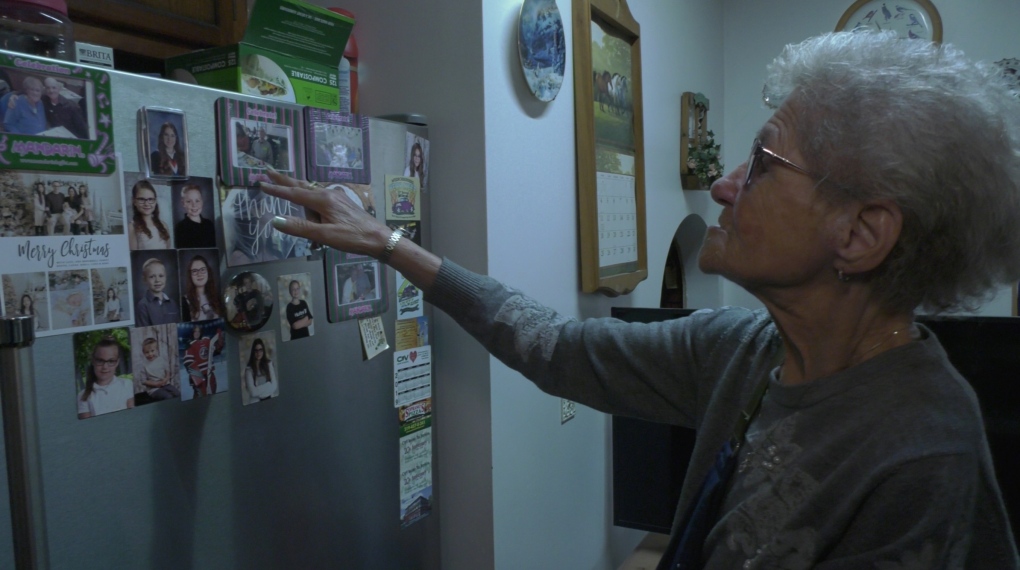One in four buildings in the capital where the London Fire Brigade (LFB) has identified fire safety issues have defects other than unsafe cladding, research by London Labour has found.
Picture: Alamy
Sharelines
One in four buildings in the capital where the London Fire Brigade has identified fire safety issues have defects other than unsafe cladding #UKhousing
Figures obtained by Anne Clarke, fire and resilience spokesperson for London Assembly Labour, revealed that 305 of the 1,099 buildings that have had their ‘stay put’ evacuation strategy suspended were categorised by the LFB as having ‘other fire safety issues’.
Ms Clarke said the figures were a reminder that the building safety crisis was about more than cladding and called on the government to do more to protect leaseholders from non-cladding costs.
Under the Building Safety Act, which received Royal Assent in April, leaseholders are protected from having to spend any money on the removal and replacement of dangerous cladding on their building.
Leaseholders can still be charged for work to fix other safety defects, however this is capped at £10,000 in most of England or £15,000 in London.
Ms Clarke said she was “pleased” that the government “has finally woken up” and “put the onus upon developers and building owners to cover the costs of all forms of remediation”.
However, she said she was concerned that there “are still scenarios where London’s leaseholders could be liable for these exorbitant costs”, urging the new housing secretary, Greg Clark, to “close any existing loopholes”.
This includes ensuring that financial protections are in place for people living in unsafe buildings of all sizes, Ms Clarke said in reference to the fact that the Building Safety Act only covers buildings taller than 11 metres.
The figures obtained from the LFB showed that 260 buildings with a simultaneous evacuation policy in place due to cladding and other fire safety issues, were under 18 metres in height.
Ms Clarke warned that some of these buildings will be below 11 metres and therefore ineligible for support.
She also called on the government for more funding for Londoners who have been forced to pay for a waking watch after the LFB revoked the stay put advice for their building.
Ministers have so far announced £62m of funding to pay for fire alarms in buildings of all heights across the country with a waking watch in place.
Ms Clarke said she was concerned that this funding still will not be enough to cover the scale of demand in London, citing figures that showed the median monthly cost of a waking watch in London is £15,641 per building, equivalent to £256 per dwelling.
She also called on the government to provide more funding to the LFB so that it can maintain its current number of inspecting officers, as well as the ongoing maintenance of the Building Design and Consultation Hub and Fire Safety Centre of Excellence.
A Department for Levelling Up, Housing and Communities spokesperson said: “The Building Safety Act introduces protections that mean qualifying leaseholders are not liable for fixing unsafe buildings. Building owners must now legally pay cladding costs, and cannot pass them on to innocent homeowners.
“Building owners that choose to send invoices where they are not entitled to do so are breaking the law and can now face criminal action.
“We have been clear what building owners need to do and urge them to comply swiftly.”
Sign up for our fire safety newsletter

https://www.insidehousing.co.uk/news/quarter-of-london-buildings-caught-up-in-safety-crisis-have-non-cladding-issues-76526




